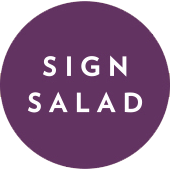Our Thoughts
Cocktails & Dreams How drinks brands are innovating for at-home cocktail hours
Throughout the past year, having the outside world delivered to us – everything from clothing to kettlebells to McDonald’s – has become a significant aspect of “the New Normal.” How we consume and socialise has shifted and evolved with each new set of rules. The drinks category, typically tied to in-person social events and rituals, has seen particularly dramatic shifts. The closure of restaurants and bars has presented a huge challenge for drinks brands, but it has also opened an opportunity for creative product development, packaging innovations, and opportunities to engage with consumers at home. As consumers have embraced Zoom drinks and at-home cocktail hours, new and established players in the category have responded with letterbox cocktail formats that are creatively addressing this new social context. Pre-made, single serving cocktails are not a brand-new concept – tinned G&Ts and Pimm’s for example have long been available as a picnic option – but have remained primarily a convenience product picked up off a supermarket shelf. A handful of brands however are innovating on the pre-mixed cocktail to create unique, multi-faceted packaging options that are simultaneously convenient and engaging.
Brands such as NIO and The Cocktail Man are examples of an innovative packaging solution that provides a practical functionality, while premiumising the pre-made drinks option. The Cocktail Man employs traditional cues of luxury on its boxes and the products within – menu cards printed with serif fonts and a formal geometric border resembling a private club or formal restaurant menu, and textured royal blue packs with a subtle sheen – allowing consumers an opportunity for refined indulgence even if on a small scale.
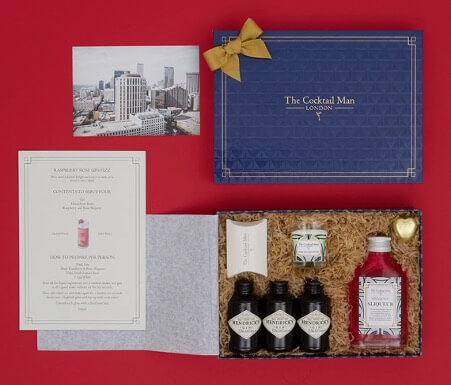
NIO packs’ visual style draws on more contemporary premium imagery; the design is sleek, bright, and minimalist, communicating a calm refinement to the drinks and their preparation. While drawing on different visual styles, each provides the sense of a well-earned relaxing treat to transition between work and leisure, even if the cocktail bar of choice is closed. NIO also offers a selection of mixed cocktails stored within thin cardboard containers, allowing a stack of different drinks to be packaged together to fit into the letterbox-friendly pack. This delicate and precise format serves to further suggest a special experience within; when lined up, the multicoloured cocktail boxes resemble CD cases or small books suggesting a library of analogue experiences to be savoured, even if all that is required is to open and pour.
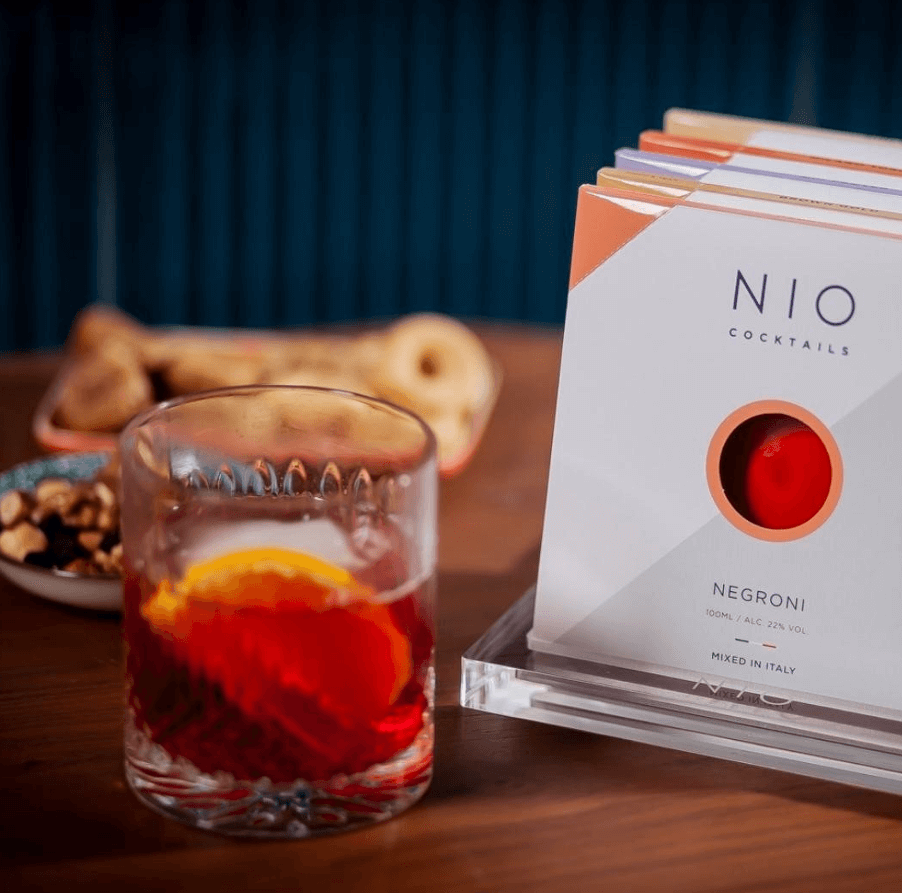
Furthermore, NIO’s innovative cardboard packaging offers a potential for diverse brand and tasting experiences. This is particularly evident in brand partnership packaging examples. The narrow square packs fit into a variety of pack layouts seamlessly blending the NIO brand with another. The 1832 Majani gift kit, for example, opens out into a book as if a triptych protecting the delicacies within. And within the pack, detailed information about the contents provides an elevated sense of connoisseurship while introducing new spirits and products to consumers. Effectively it is an example of the letterbox pack as an alternative to a particular spirit placed in different styles of bar and restaurant experiences: wide-ranging brand associations and potential uses are now available even within a home context.
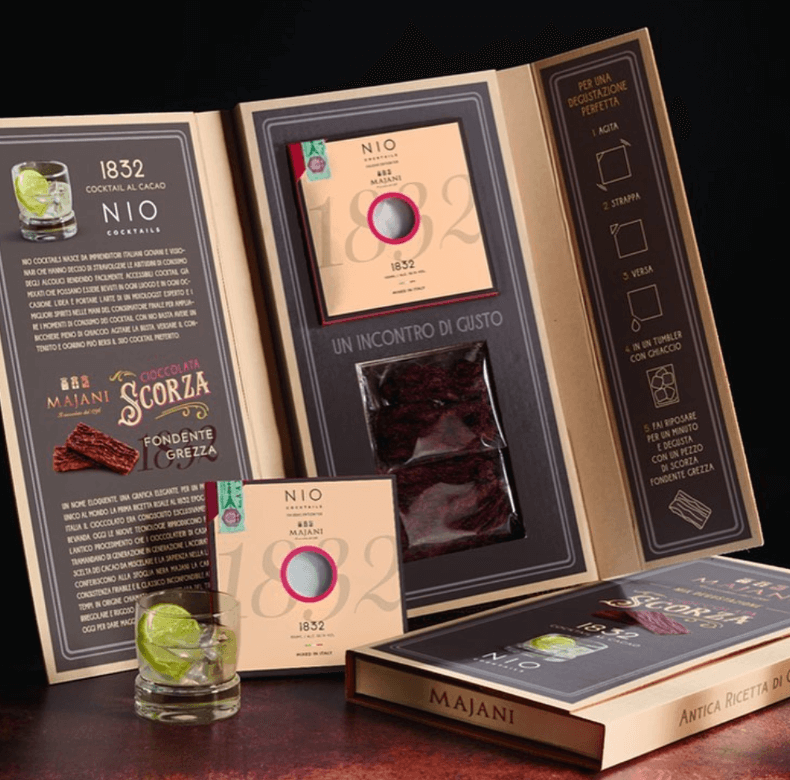
The letterbox subscription brand Koktail is similarly rethinking how drinks companies and mixologists can connect with consumers directly. Using interactive questionnaires and language of personalisation to tailor its online subscriptions, Koktail creates the at-home equivalent of telling the bartender to “surprise me”. The selections include often unfamiliar serves such as a “Rusty Nail”, providing a sense of exploration and discovery typically found on a specialised menu. These also arrive with Instagram-friendly “story behind the serve” cards, a note from the remote bartender that also provides a new kind of shareable experience. The bottled cocktails arrive in packs with colourful, slightly grainy pastel illustrations reminiscent of mid-century illustrations, hinting at the heyday of cocktail parties and more formal traditions of the past. The service ultimately blends a contemporary out of home cocktail experience with a more traditional, in-home cocktail hour, allowing consumers to find exploration and sociability within the context that finds us relegated to more domestic spheres.
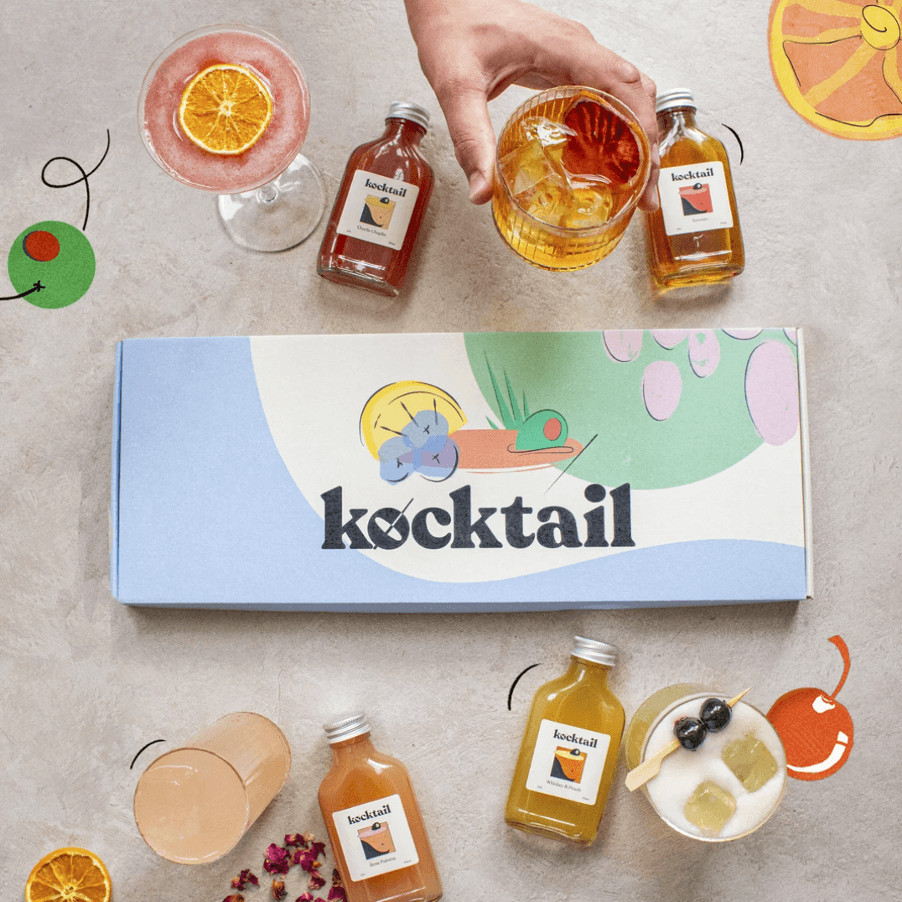
Within a miniaturised version of a classic experience, there is also the potential to re-define how we understand the cocktail moment. Send A Negroni (from Porter’s Gin), another letterbox drinks option, has identified an opportunity in the loss of buying friends a drink at the bar. In the absence of pubs, the brand offers an opportunity to buy a round at a distance and maintain a specific lost ritual in a new way. The simple straightforward directive to “send a negroni” paired with casual greetings such as “Hey pal” encouraging casually catching up with a friend over a drink – no matter how far away physically. The brand has addressed the need for more flexible packaging for small serves as well. Their miniaturised “Pocket Negronis” are tiny enough to be “cute” and the reduced scale alone creates a sense of low-key humour; at the same time, the cartoonish imagery of a jolly personified negroni as if from a retro cartoon, and bright retro holiday-destination colours communicate an offer of high-energy everyday escapism and play, not only breaking free of daily life but also from the end-of-day relaxation norms and rituals traditionally surrounding home cocktails. This tweak to a familiar tinned format playfully creates a new potential consumption moment and provides an upbeat spin on cocktail hours now being limited to home or the park.
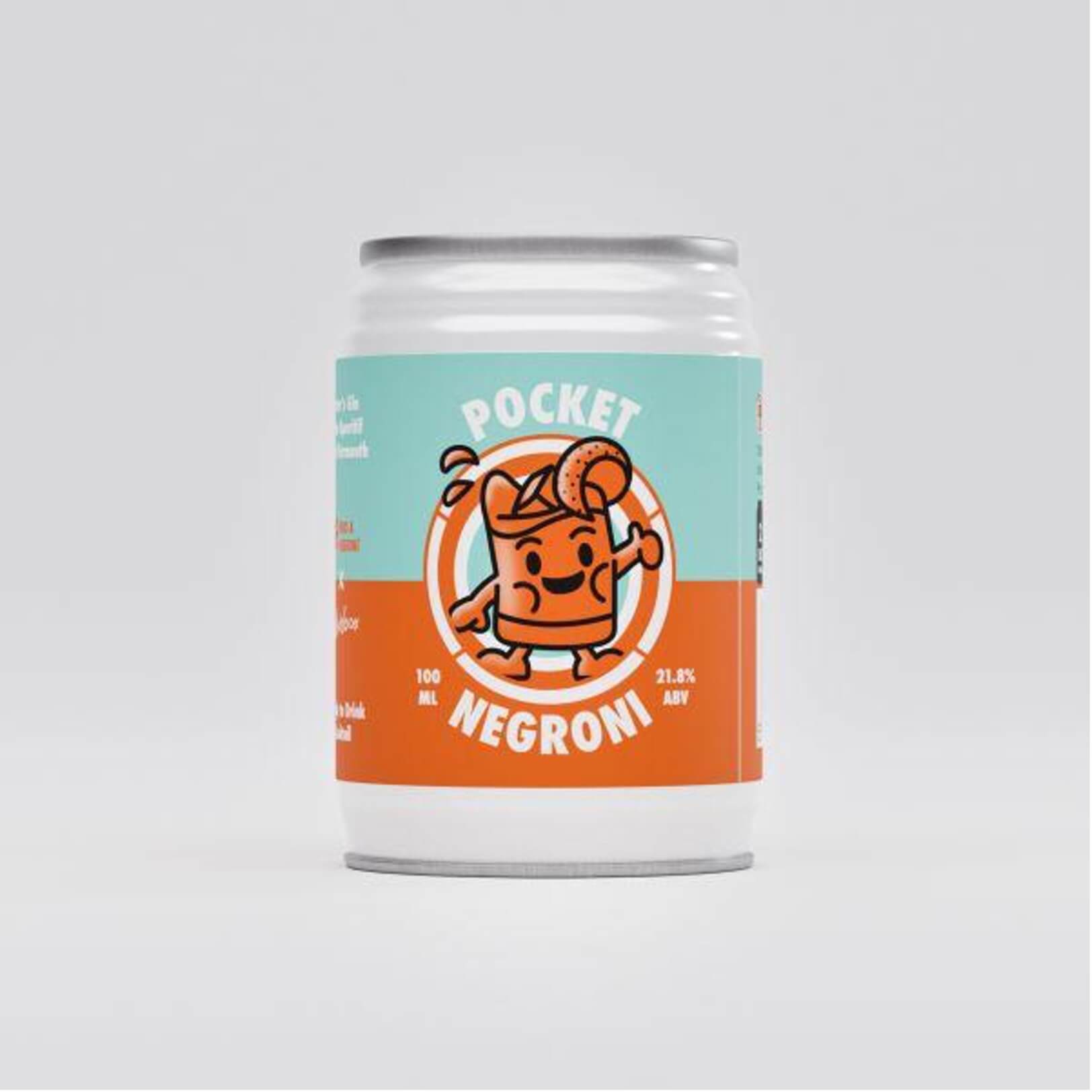
Despite the challenges created by continued lockdowns, these new cocktail delivery formats show how brands are putting a positive spin on the current situation, and potentially create a new mode of engaging with consumers in the long run. The pre-packaged cocktail space, particularly in easy-to-mail letterbox form and easy-to-carry mini packs and tins give a space for brands to be not only the purveyors of spirits, but the bar and personal mixologist as well, ultimately providing creative experiences for consumers to conveniently enjoy new and exciting products. And convenience need not be at the cost of a premium experience; the possibilities being explored with this format go far beyond convenience, to create engaging and premium experiences that convey a range of values from luxurious relaxation to playful sociability. Going forward, spirits brands can look to single serving packs and home delivery to diversify consumption moments even as restaurants, bars, and pubs reopen, and to develop new ways of bringing branded experiences directly to consumers.
Key takeouts for brands
- Format and Style: Consider how customers would engage with the brand in the real world – for a casual drink with friends, or refined relaxation after work? – and design a solution to make this possible at home.
- Engaging Packaging: Create a packaging experience that is engaging, interactive, and educational – the serve can be about much more than the drink itself and deepen engagement with the product.
- Unique and Tailored Drinks: Bring the expert mixologist into the home space, using online taste personalisation tools, unique variations on drinks, and subscription services that deliver something new each month.
Isobel Grad, Semiotician

